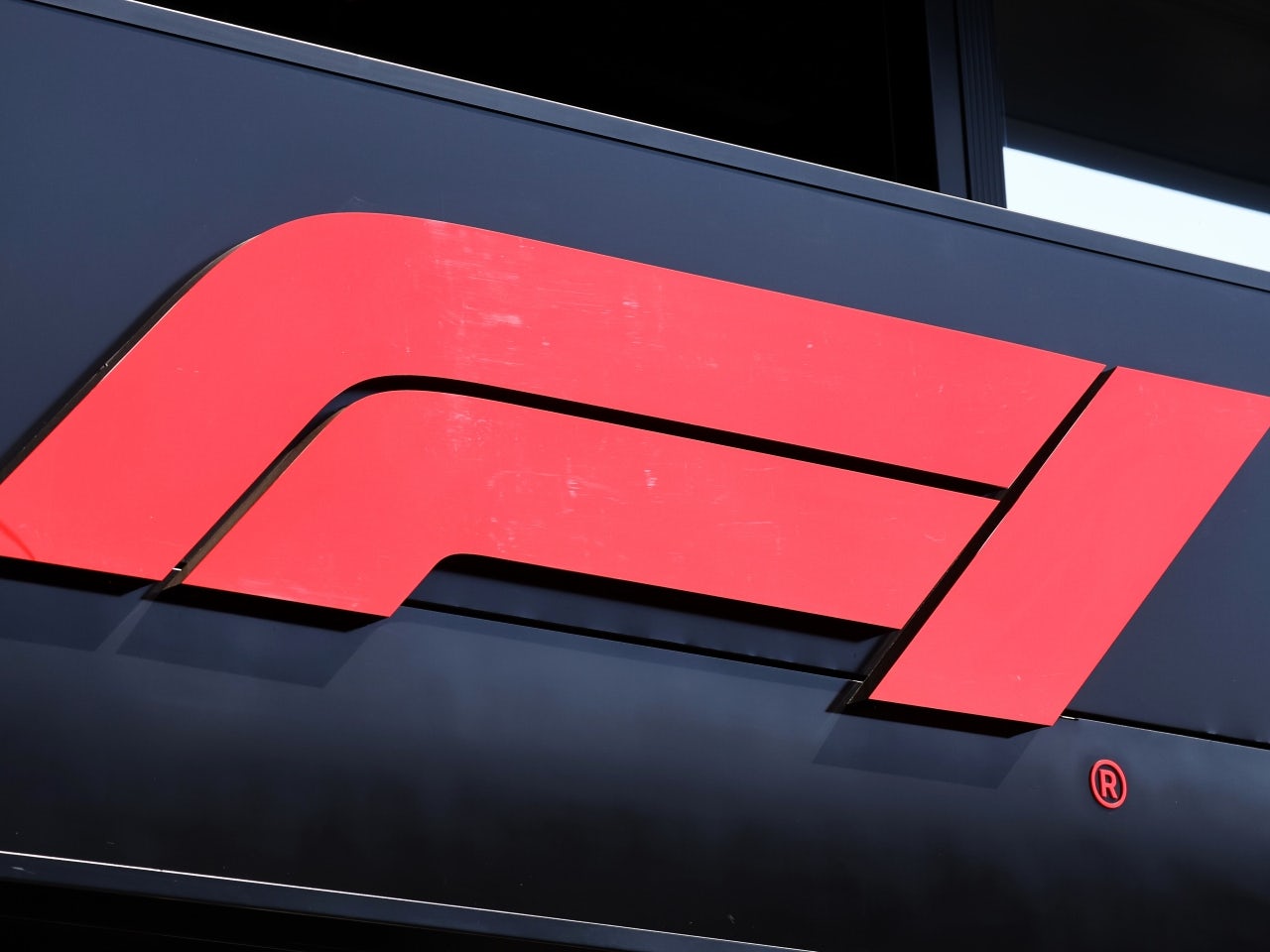Formula 1's transformation under Liberty Media has taken another leap forward, with the sport continuing to reshape its commercial landscape to align with modern consumer trends.
Since taking over the sport from Bernie Ecclestone in 2017, Liberty has steadily moved away from the old guard of purely traditional sponsors - banks, oil giants, and shipping firms - in favour of high-profile lifestyle and consumer-facing brands.
The strategy has been clear: broaden the appeal, target younger demographics, and bring more female fans into the fold.
It began with the groundbreaking Netflix series Drive to Survive, and now includes a Hollywood feature film starring Brad Pitt.
The latest addition? PepsiCo, which enters Formula 1 with a multi-brand deal involving Gatorade, Doritos, and the energy drink Sting - set to become the official energy drink of F1.
The announcement video, featuring Daniel Ricciardo's signature eyes behind a visor, underlined F1's pivot toward mainstream consumer recognition.
As Kronen Zeitung put it, "Red Bull is now facing brand competition in Formula 1," with Sting's arrival marking the first time another energy drink has entered the sport as an official series sponsor.
Under the terms of the agreement, Gatorade will also take title rights for F1's sprint race format - a Liberty-era invention itself - while other major consumer names now on board include Disney, Lego, Hot Wheels, Kit Kat, and even McDonald's.
The evolution isn't just about slapping logos on barriers. Thomas Josnik, head of motorsport at Puma, told the Financial Times that Formula 1's growing popularity among younger fans has turned the series into a cultural platform.
"It's not about the pure sport anymore," Josnik said. "It's more about the entire culture and the entire culture around the sport, including fashion, celebrities, and music."
Jonathan Jensen, a sports marketing expert with a focus on Formula 1, agreed - noting that the expanding North American calendar has played a major role.
"With five events in North America now, it's much easier for brand marketers in the west to justify the spend," he explained.
"F1 drivers and teams became much more recognisable in the US, which enabled consumer brands to more readily activate F1 sponsorships effectively in the American market."







